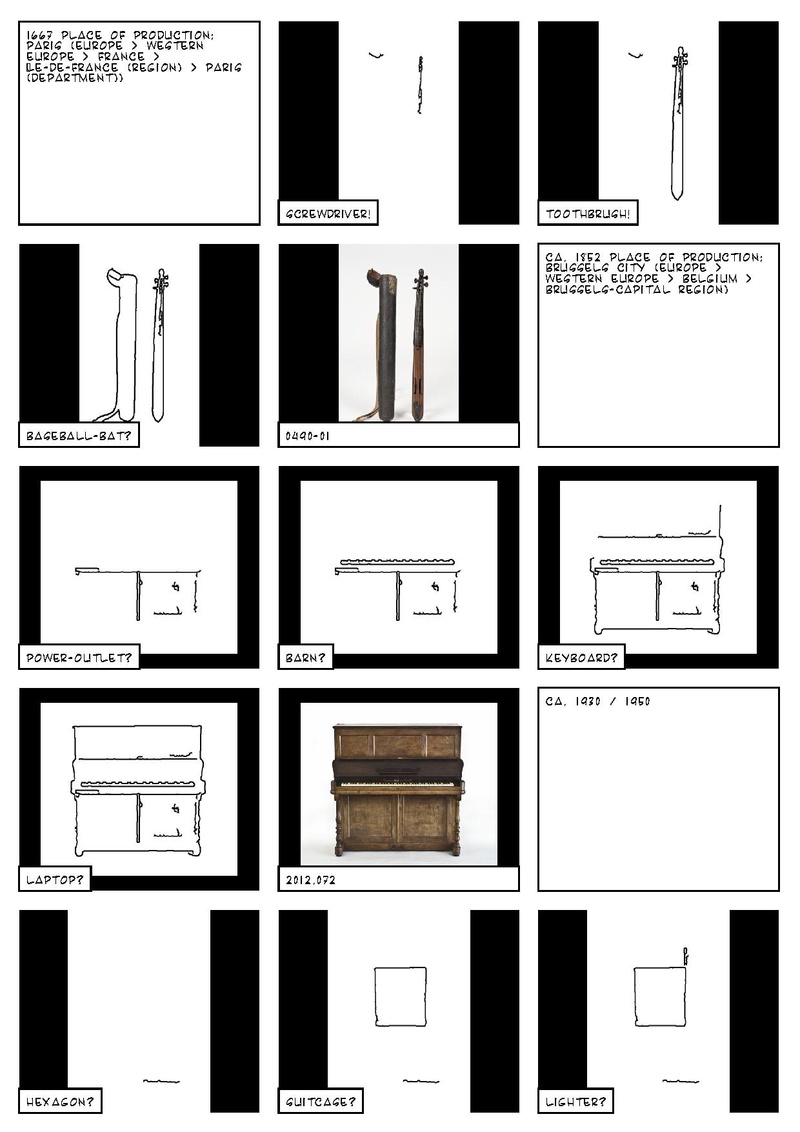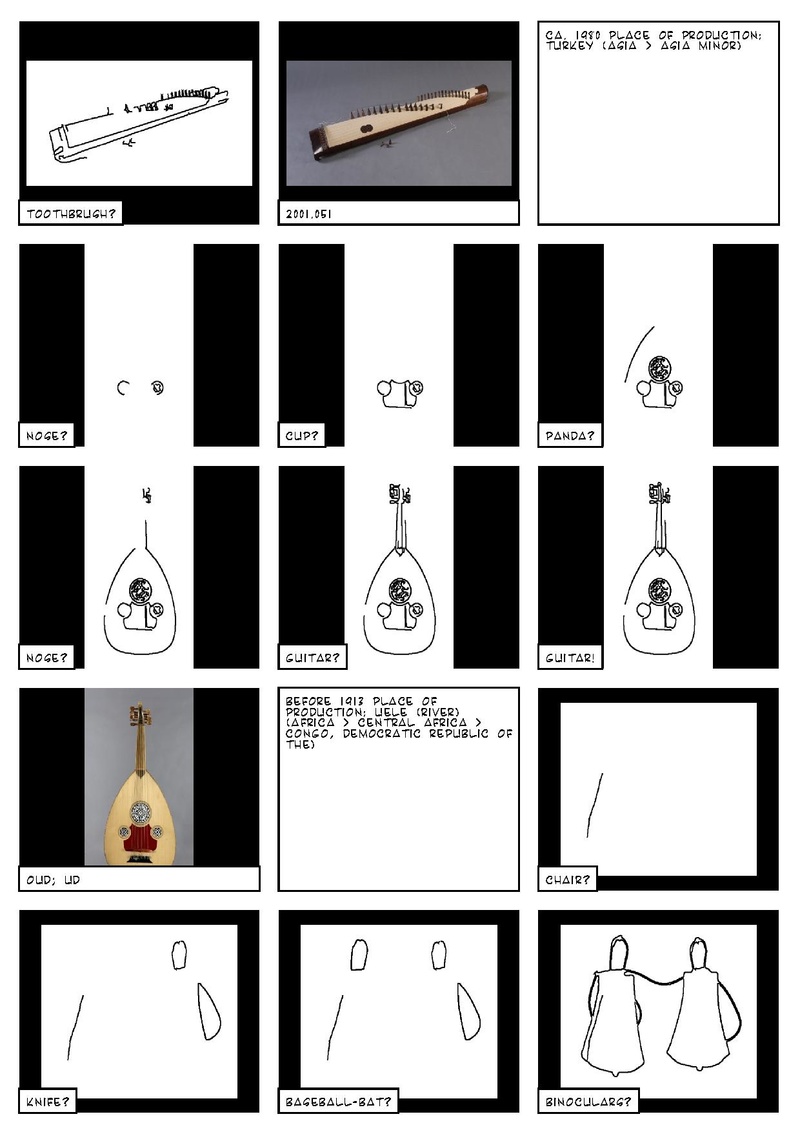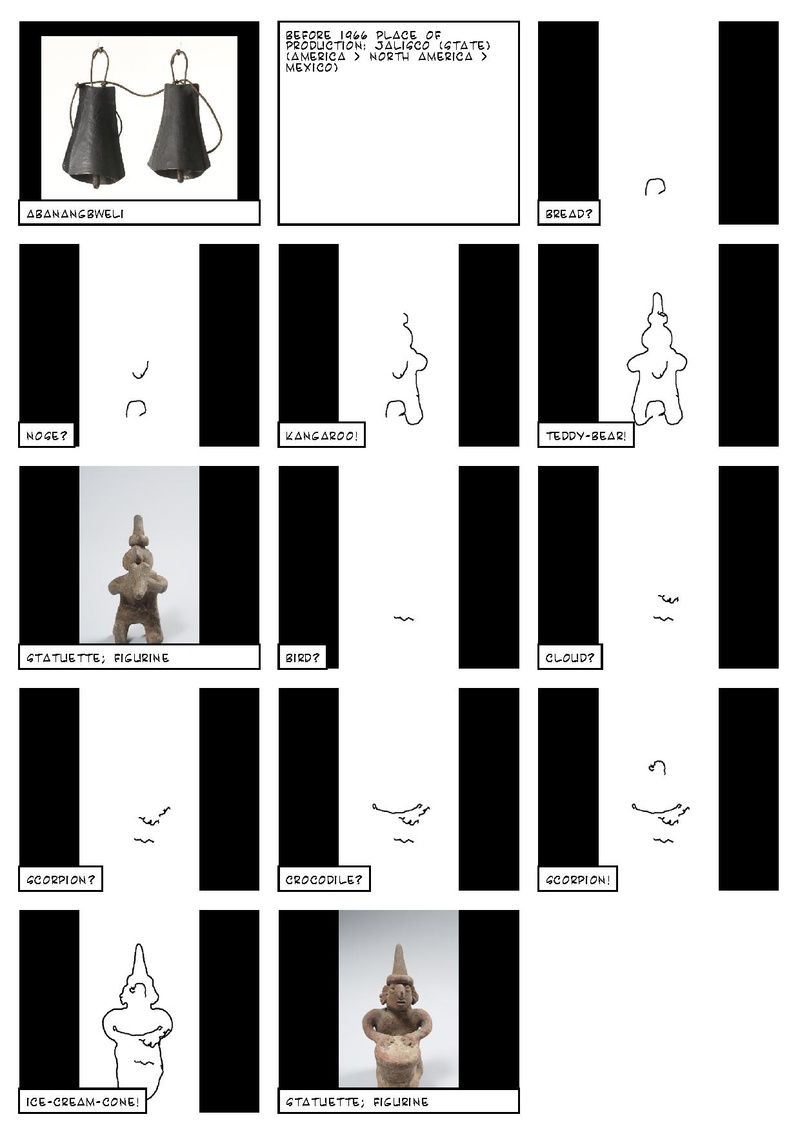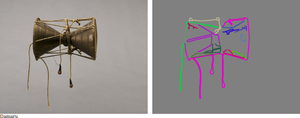Difference between revisions of "Projects:Sketchy recognition"
Jump to navigation
Jump to search
(→(Re)sources) |
(→(Re)sources) |
||
| Line 47: | Line 47: | ||
* [http://sicv.activearchives.org/logbook/you-were-asked-to-draw-an-angel/ You were asked to draw an angel], Working notes from the Scandinavian Institute for Computational Vandalism (April 2017) | * [http://sicv.activearchives.org/logbook/you-were-asked-to-draw-an-angel/ You were asked to draw an angel], Working notes from the Scandinavian Institute for Computational Vandalism (April 2017) | ||
* [http://sicv.activearchives.org/logbook/assisted-drawing/ Assisted drawing], Working notes from the Scandinavian Institute for Computational Vandalism (January 2016) + [https://medium.com/@samim/assisted-drawing-7b26c81daf2d#.2d1ju3lnr Assisted drawing: Exploring Augmented Creativity], original blogpost by Samim (December 2015) | * [http://sicv.activearchives.org/logbook/assisted-drawing/ Assisted drawing], Working notes from the Scandinavian Institute for Computational Vandalism (January 2016) + [https://medium.com/@samim/assisted-drawing-7b26c81daf2d#.2d1ju3lnr Assisted drawing: Exploring Augmented Creativity], original blogpost by Samim (December 2015) | ||
| − | * [http://cybertron.cg.tu-berlin.de/eitz/projects/classifysketch/ How Do Humans Sketch Objects?], Mathias Eitz, James Hays and Marc Alexa (2012) + [https://github.com/GTmac/Classify-Human-Sketches C/C++] and [https://github.com/ajwadjaved/Sketch-Recognizer Python/Jupyter] implementations | + | * [http://cybertron.cg.tu-berlin.de/eitz/projects/classifysketch/ How Do Humans Sketch Objects?], Mathias Eitz, James Hays and Marc Alexa (2012) + [https://github.com/GTmac/Classify-Human-Sketches C/C++] and [https://github.com/ajwadjaved/Sketch-Recognizer Python/Jupyter] implementations |
* [https://github.com/jalayrac/sketch-recognizer sketch-recognizer], Jean-Baptist Alayrac's working Python code that we ended up using | * [https://github.com/jalayrac/sketch-recognizer sketch-recognizer], Jean-Baptist Alayrac's working Python code that we ended up using | ||
Revision as of 06:59, 10 September 2019
Nicolas Malevé, Michael Murtaugh
Sketchy recognition
Bread, Nose, Kangaroo or Teddy Bear?
A photograph from the collection of the Museum of Musical Instrument is processed by a contour detector algorithm. The algorithm draws the lines it found on the image sequentially. While it is tracing the contours, another algorithm, a sketch detector, tries to guess what is being drawn. Is it bread? A kangaroo? It is a teddy bear.
Sketchy Recognition (working title) is an attempt to provoke a dialogue with, and between, algorithms, visitors and museum collections.
Cast:
- Musical instruments: MIM collection, Brussels.
- Line detector: The Hough algorithm in the OpenCV toolbox, originally developed to analyse bubble chamber photographs.
- Sketch recognizer: an algorithm based on the research of Mathias Eitz, James Hays and Marc Alexa (2012), and the code and models by Jean-Baptiste Alayrac.
- Data: from the hands of the many volunteers who contributed to Google's Quick, Draw! Dataset.
- Special sauce, bugs and fixes: Michael and Nicolas
Sketches
Some "best of" links:
- Teddy bear ...
- bird ... ice-cream-cone
- A panda encircled by a guitar ...
- screwdriver, toothbrush, baseball bat ...
- binoculars
- piano - laptop
- Cell phone
- Moon, sun, TV
- rifle ... toothbrush
- rifle ... hourglass
(Re)sources
- Code for this project
- You were asked to draw an angel, Working notes from the Scandinavian Institute for Computational Vandalism (April 2017)
- Assisted drawing, Working notes from the Scandinavian Institute for Computational Vandalism (January 2016) + Assisted drawing: Exploring Augmented Creativity, original blogpost by Samim (December 2015)
- How Do Humans Sketch Objects?, Mathias Eitz, James Hays and Marc Alexa (2012) + C/C++ and Python/Jupyter implementations
- sketch-recognizer, Jean-Baptist Alayrac's working Python code that we ended up using
Collection: Musical Instruments Museum (MIM)
Reconnaissance esquissé
[translation FR]
Schetsmatige herkenning
[translation NL]
Working sketches + notes (not in publication v1)






